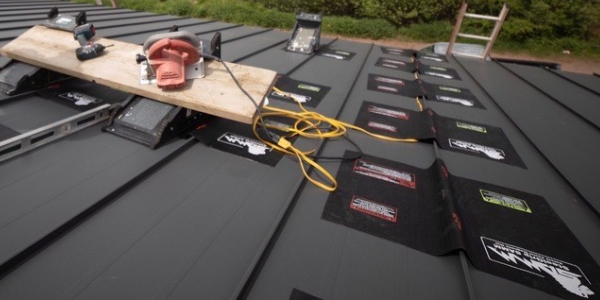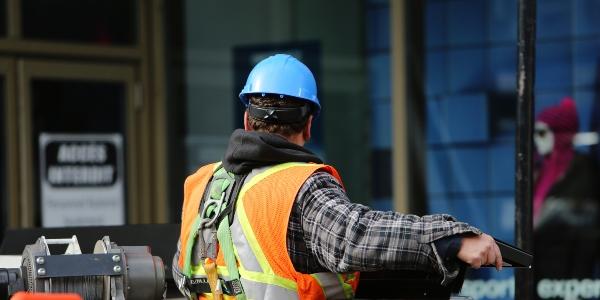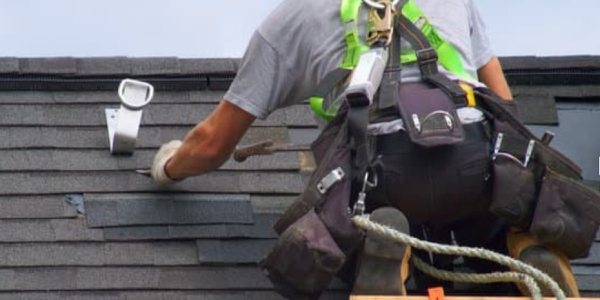Safety Checklist for Roofing Work - Part Two

By John Kenney, Cotney Consulting Group.
Guardrails, warning lines, and penetration openings.
In the first part of our safety checklist for roofing work, we reviewed some OSHA safety standards for working on roofs. We covered basic roofing safety training requirements and OSHA requirements for fall protection equipment.
Guardrails are becoming more widely used in the roofing industry. These systems are designed for working on roofs as an additional passive safety measure to protect workers. They are used around roof perimeter edges and perimeter openings.
OSHA requirements for guardrails:
-
Top rails must be installed 39 to 45 inches above the working surface
-
If there is not a wall at least 21 inches high, you must install mid-rails or screens
-
Guardrails must hold up against a 200 pound-force within two inches of its top edge from any direction.
-
Midrails and screens must withstand a 150 pound-force from any direction
-
All guardrail systems must be surfaced correctly to prevent lacerations and snags
Warning lines checklist
A warning line can be used to protect workers on low slope roofs in a company with a safety monitoring system, fall protection equipment, or guardrails. For a warning line system to be OSHA-compliant, it must consist of chains, ropes, or wires with supporting stanchions. On roofs, 50 feet in width or less, a safety monitoring system may be used without other systems. This author does not recommend the solo use of a safety monitoring system unless no other option is available because it provides the least amount of worker protection.
OSHA requires the following to maintain safety when working on roofs for warning line systems:
-
They are to be set up at a distance no less than 6 feet from the roof's edge
-
When mechanical equipment is being used, the warning line shall be erected not less than 6 feet from the roof edge, which is parallel to the direction of mechanical equipment operation, and not less than 10 feet from the roof edge, which is perpendicular to the direction of mechanical equipment operation. From a walking/working surface, the system must be set up no less than 34 inches and no more than 39 inches
-
Every 6 feet, the system must be flagged and must be highly visible to workers
-
The system must have a minimum tensile strength of at least 500 pounds
-
The system must be able to withstand at least 16 pounds of force before tipping
-
The line must be able to be pulled without the slack being taken up before stanchions tip over
Penetration openings checklist
Suitable coverings are to be used to protect workers from falling through openings on rooftops, including skylights or roof hatches.
Requirements for covers include:
-
Appropriate color-coding or clear marking with the word "COVER" or "HOLE."
-
Coverings must be adequately secured to prevent displacement by wind or accidentally knocked over
-
Coverings must be able to bear at least twice the weight of an employee or any equipment that could fall on it
Part III will cover ladders, scaffolding, and emergency plans.
John Kenney is the Chief Executive Officer at Cotney Consulting Group. Prior to starting Cotney, John had 45 years of experience in the construction industry. John began his career by working as a roofing apprentice at a family business in the Northeast. Because of his skill and hard work, he progressed from roofing laborer to foreman, estimator, chief estimator, Vice President, and Chief Operating Officer with his various companies. John has worked for multiple Top 100 Roofing Contractors and is intimately familiar with all aspects of roofing production, estimating, and operations. In his last role, John was responsible for the daily operations and performance of a large commercial roofing contractor. During his tenure, John ran business units associated with delivering excellent workmanship and unparalleled customer service while ensuring healthy net profits for his company.




















Comments
Leave a Reply
Have an account? Login to leave a comment!
Sign In